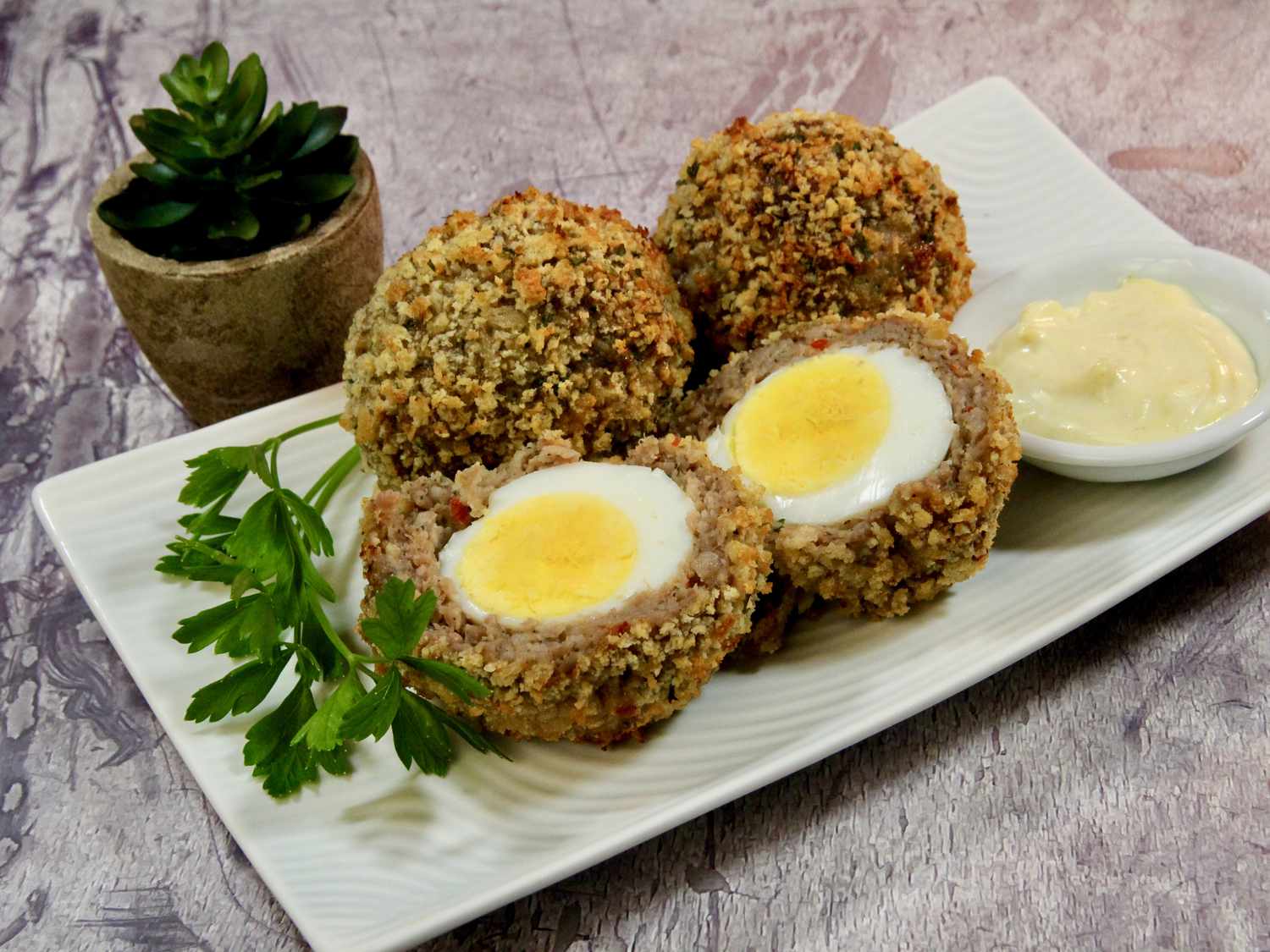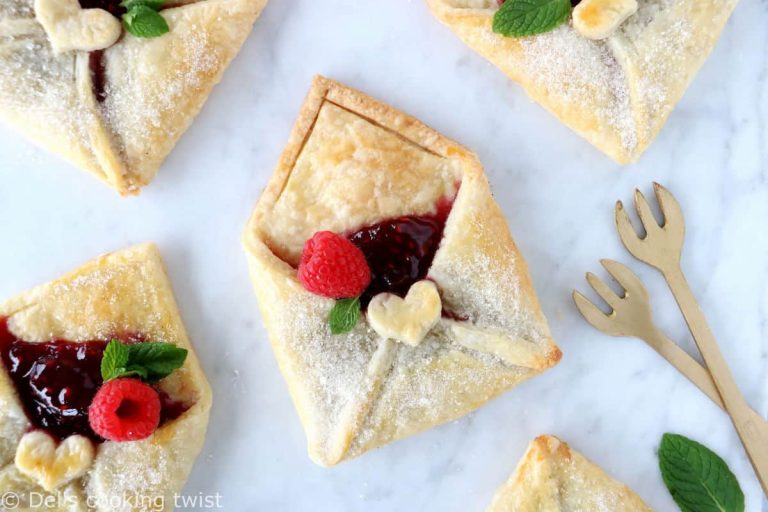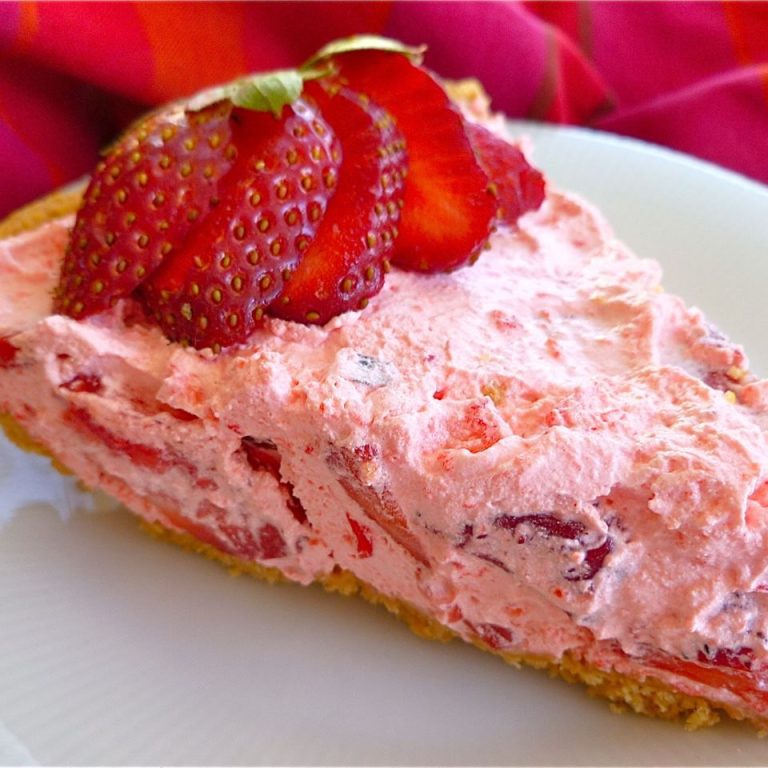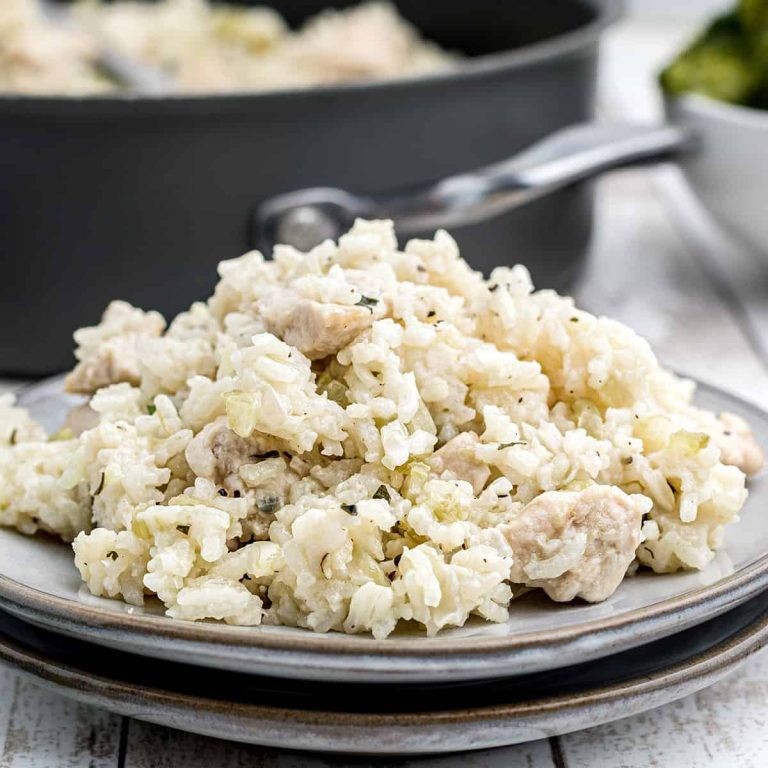Baked Scotch Eggs: A Delicious and Nutritious Snack Option
Baked Scotch eggs originated in the UK as a portable snack. Fortnum & Mason, a London department store, is credited with creating them in 1738. Traditionally, these eggs were deep-fried, offering a hearty meal for travelers. Over time, variations emerged, including the baked version, which provides a healthier alternative.
Components of Baked Scotch Eggs
Great baked Scotch eggs consist of several core components:
- Eggs: Hard-boiled to achieve a firm yet tender yolk.
- Sausage: Savory sausage meat, often seasoned with herbs like parsley and thyme.
- Breadcrumbs: A coating of breadcrumbs, adding a crispy texture.
- Seasoning: Salt, pepper, and other spices to enhance flavor.
Optional ingredients like mustard or cheese can be added to the sausage mixture for extra flavor. These components combine to create a delicious and satisfying treat.
Preparation Techniques
Choosing the Right Ingredients
Selecting the best ingredients is crucial for tasty baked Scotch eggs. Opt for fresh, free-range eggs to ensure a rich flavor and firm texture. Use quality sausage meat from reputable sources for the filling. Herb-seasoned sausages work exceptionally well. For breadcrumbs, select panko for a crispier outcome. Incorporate spices like paprika, garlic powder, or black pepper for added taste. Consider adding mustard or grated cheese to the sausage mixture for a unique twist.
- Boil Eggs: Start by boiling the eggs until they’re hard-boiled. Once done, cool them in an ice bath, then peel the shells.
- Prepare Sausage Mixture: In a bowl, combine the sausage meat with chosen herbs and spices. Mix thoroughly to ensure even seasoning.
- Wrap Eggs: Divide the sausage mixture into portions. Flatten each portion and wrap it around a boiled egg, ensuring an even layer.
- Coat with Breadcrumbs: Roll the sausage-wrapped eggs in flour, dip in beaten egg, then roll in panko breadcrumbs. Ensure a complete coating.
- Bake: Preheat your oven to 400°F. Place the coated eggs on a baking sheet lined with parchment paper. Bake for 25-30 minutes or until the sausage is thoroughly cooked and the breadcrumbs are golden brown.
- Cool and Serve: Let the baked Scotch eggs cool slightly before serving. Enjoy them warm or at room temperature.
Nutritional Benefits
Proteins and Vitamins
Baked Scotch eggs offer a rich source of proteins and essential vitamins. Each egg packs about 6 grams of high-quality protein, supporting muscle growth and repair. The sausage meat adds additional protein, contributing significantly to your daily intake.
Vitamins in baked Scotch eggs include B12, aiding in red blood cell formation, and vitamin D, which promotes bone health. Eggs also contain vitamin A, enhancing vision and immune function. Using herb-seasoned sausage meat can increase antioxidant intake from herbs like rosemary and thyme, which contain vitamins C and E.
Comparing Calories with Fried Scotch Eggs
Baked Scotch eggs have fewer calories compared to their fried counterparts, making them a healthier choice. Traditional fried Scotch eggs typically contain around 300-400 calories, whereas baked versions often stay under 250 calories, depending on the sausage meat and breadcrumbs used.
Here is a comparison table of baked and fried Scotch eggs:
| Aspect | Baked Scotch Eggs | Fried Scotch Eggs |
|---|---|---|
| Calories | ≤ 250 | 300-400 |
| Fat (g) | 15-20 | 25-30 |
| Protein (g) | 12-15 | 12-15 |
| Carbohydrates (g) | 15-18 | 18-22 |
Baking reduces calorie intake by eliminating the need for oil, which is abundant in fried recipes. This also cuts down on trans fats, promoting heart health. Choosing panko breadcrumbs further lowers carbohydrate content while maintaining a satisfying crunch.
Serving Suggestions
Pairings and Condiments
Pair your baked Scotch eggs with fresh salads, like arugula or mixed greens. The crispiness of the greens complements the rich, savory flavor of the eggs. Add a tangy vinaigrette to balance the dish. For dips, consider classic English condiments such as mustard or Branston pickle. These provide a sharp contrast to the eggs. Homemade aioli or Greek yogurt-based dips, such as tzatziki, add a creamy element without overwhelming the flavor. For additional spice, serve with hot sauce or sriracha.
Occasions for Baked Scotch Eggs
Baked Scotch eggs suit a variety of occasions. Serve them as appetizers at dinner parties, where they’re easy to eat and share. Add them to brunch menus for a hearty option that stands out. They also fit well in picnic baskets as they are portable and can be enjoyed cold. For holidays, include them in your Christmas or Easter spread, providing a savory alternative to traditional dishes. In weekly meal prep, baked Scotch eggs make a convenient, protein-rich snack.
Conclusion
Baked Scotch eggs offer a nutritious and delicious twist on a classic British favorite. They provide a healthier alternative to the traditional deep-fried version, boasting fewer calories and less fat. By using quality ingredients and panko breadcrumbs, you can enjoy a protein-rich snack that’s both satisfying and versatile. Perfect for various occasions from brunch to picnics, baked Scotch eggs pair wonderfully with fresh salads and flavorful condiments. Give them a try and elevate your culinary repertoire with this wholesome dish.






